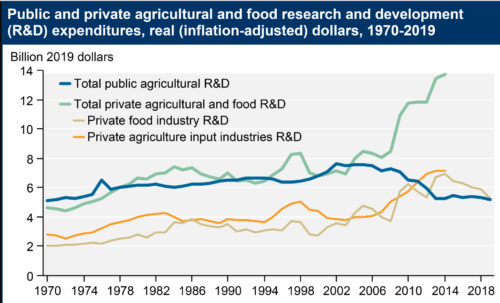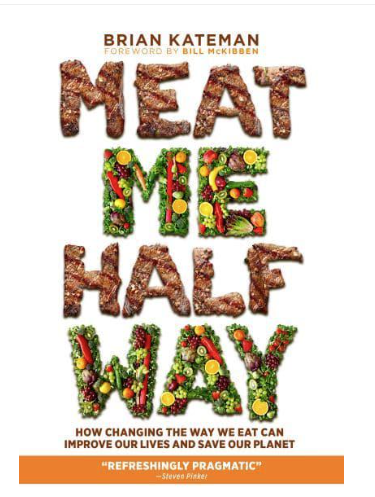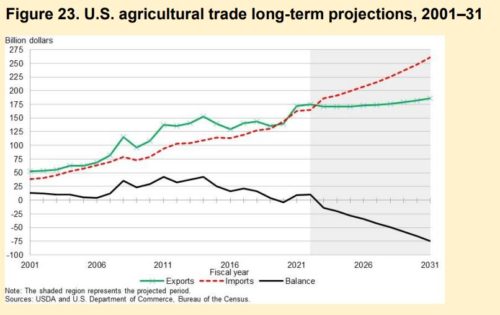A better deal for poultry farmers? Fingers crossed.
Last week, the Biden-Harris Administration Announced “New Actions to Strengthen Food Supply Chains, Level the Playing Field for Growers, and Lower Prices for American Consumers.”
These follow up on promises made in July 2021 and January 2022 (I’ve written about these previously), so it’s not as if the meat and poultry producers haven’t been warned.
The new announcement specifically addresses the unfairness of current poultry production: Transparency in poultry grower contracting and tournaments.
I consider the system for raising chickens in this country an astonishing example of a monopoly-controlled business model. In this model—brilliant from a business standpoint—big poultry producers set all the rules and take most of the profits, leaving all the risks to the farmers who actually raise the chickens.
Even worse, this business model forces chicken farmers to compete against each other. In what is called a “tournament” system, the farmers whose chickens gain the most weight get paid the most. But which chicks they get to raise is determined by the producers.
As to how all this works and why it is so deeply unfair, it’s worth reading Leah Douglas’s Is the US chicken industry cheating its farmers?
The companies own and operate all the means of production, including the feed mills, slaughterhouses, trucking lines and even the hatcheries that develop the best strains of chickens.
Farms are the only part of the market these big companies don’t own. Independent farmers borrow millions of dollars to build sophisticated warehouses, where they raise hundreds of thousands of chickens at a time…Farmers raise the birds under contract with an integrated company, giving firms strict control over operations. The poultry companies own the chickens, the feed, and even control the chickens’ medical care. All farmers can do is try to raise the birds as efficiently as possible, even though most of the business is out of their hands.
The administration’s proposed rule is designed to increase transparency and accountability in this system. Also,
USDA is opening an inquiry into whether some practices of processors in the tournament system are so unfair that they should be banned or otherwise regulated.
It’s about time. I hope the administration moves quickly on the new rules.




